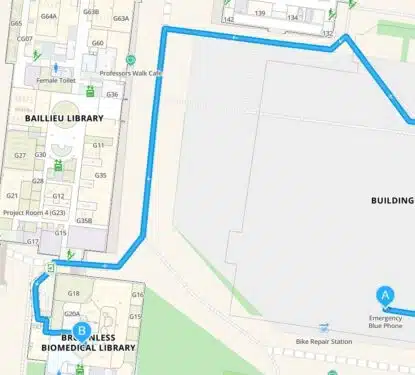The Internet of Things (IoT) in smart buildings, homes, and cities has triggered a digital revolution for the built environment. Billions of sensors and devices now transmit real-world data to cloud computing systems in order to help us understand the physical world in quantifiable digital terms. IoT data is often sensitive in terms of privacy and security, however, and small IoT devices often lack the electrical or computational power to support sophisticated security protocols. This creates a “vulnerability of things” that could turn the IoT into a danger for society and undermine the promising digital revolution in the built environment. “Over the coming years, billions of additional IoT devices and sensors are slated to come online. However, users now realize that these devices are not designed with cybersecurity in mind,” says Michel Girard, a senior fellow at the Centre for International Governance Innovation. “Minimum CPU and memory capacity are needed for users to manage and […]
Most Popular Articles

MazeMap Acquires Thing-it: Key Insights from 2025 Workplace Platform Consolidation
This Research Note examines the acquisition of the German software company Thing-it, by MazeMap, a Norwegian indoor navigation provider. We examine the development of the two startup companies prior to their merger and conclude with our perspective on the consolidation. Transaction In August 2025, Thing-it became part of MazeMap. Since then, the company reported that […]

Smart Building Tech Evaluation: Build a Framework with Me!
The smart building technology market presents a unique challenge for commercial real estate professionals: how do you efficiently evaluate thousands of technology vendors when every week brings new pitches, new solutions, and new promises? The sheer volume of vendors, from energy management platforms to occupancy analytics providers, makes systematic evaluation nearly impossible with traditional methods. […]

Johnson Controls UK Analysis: 8 Strategic Acquisitions Since 2022 Drive Revenues
This Research Note examines the major Johnson Controls UK businesses relating to building automation, fire and security systems, highlighting their latest financial data, year ending 30th September 2024. It is based on the annual reports of 3 companies, Johnson Controls Building Efficiency (UK), Tyco Fire & Integrated Solutions (UK) and ADT Fire & Security. We […]
